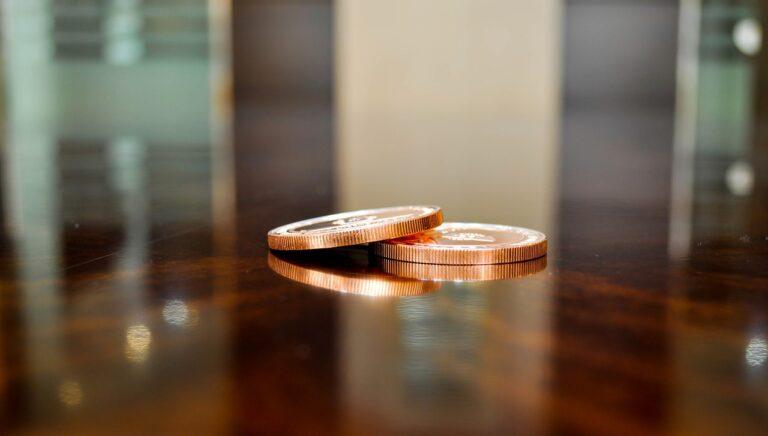Huobi, a leading Singapore-based cryptocurrency exchange, recently conducted a quarterly burning event, which reduced the overall supply of the Huobi Token (HT), the trading platform’s native cryptoasset.
Significantly More Tokens Burned this Quarter Due to “Improved Market Conditions”
According to Huobi’s management, the digital asset exchange has removed 14,011,700 tokens from the total circulating supply of 310,318,300 Huobi Tokens. Notably, Huobi’s most recent burn event has destroyed tokens at a rate that is 116% higher than the previous quarter.
Explaining how the company was able to afford burning considerably more tokens, Huobi’s representatives noted that crypto “market conditions” had improved and that the company’s revenue has increased as well.
Huobi Token’s Price May Stabilize After Burning Event
Huobi Token’s price may stabilize after the token burning event, as the process helps reduce inflation by effectively removing a considerable amount of the cryptocurrency’s supply from the digital asset market.
After launching the Huobi Token in early 2018, Huobi’s management has been spending 20% of its revenue each quarter to buy back the tokens from the crypto market. Because its revenue is not consistent from quarter to quarter, the exchange operator does not destroy the same number of tokens during each (quarterly) burning event.
Eight Burning Events Conducted Since April
Due to a significant growth in sales and revenue in recent months, Huobi has been able to burn more tokens each quarter. In fact, the firm’s revenues directed toward its token burning event has increased by 232% quarter-over-quarter.
Since mid-April 2019, the Huobi team has conducted eight different token burning events, and has destroyed a total of 21,356,800 HTs. Notably, this amount is considerably greater than the 6,474,800 HTs the exchange bought back during Q1 2019.
Huobi’s repurchased tokens are deposited at an Ether (ETH) address that is visible (shared with) to everyone. The deposit address is referred to as the Huobi “Investor Protection Fund”, as it serves as the exchange’s reserve fund
Commenting on Huobi’s quarterly token burn process, Leon Li, the Founder and CEO of Huobi Group remarked:
There are two big trends reflecting the size of this quarter’s buyback. The first is a rapidly strengthening market for digital assets and the other is the increasing popularity of our entire product line.
Huobi’s management also revealed that many new investors had joined Huobi Prime (the exchange’s token launch program) and Huobi FastTrack . Moreover, Huobi’s derivatives markets (DM) trading desk has recorded $504 billion in trading volume during the spring (March, April, May 2019).
“Last Time Destroying Tokens Using Traditional Buyback Method”
In the coming months, updates will be made to Huobi’s Finance Chain, a public, decentralized blockchain for conducting peer-to-peer (P2P) monetary transactions.
In another blog post, the Huobi team noted that the most recent token burn event “will be the last time HT tokens will be destroyed using the traditional buyback method.”
Huobi’s management is also planning to use the funds generated in the HT Tiered Fee deduction program, which will allow the company to directly burn the tokens.
Huobi May Conduct Monthly or Daily Token Burns
Approximately two-thirds of Huobi’s holdings (as a company) may also be used in future token burn events, and the remaining one-third of HTs may come from the open market. Currently, Huobi is considering the possibility of performing monthly of even daily token burns – instead of quarterly.
The current supply of the ERC-20 compliant Huobi Token stands at 478,643,200. The HTs may serve as deposits for customers of the exchange’s over-the-counter (OTC) desk, or to obtain access to “premium coins” via Huobi Prime. Huobi exchange users may also cast votes using the HT tokens.









